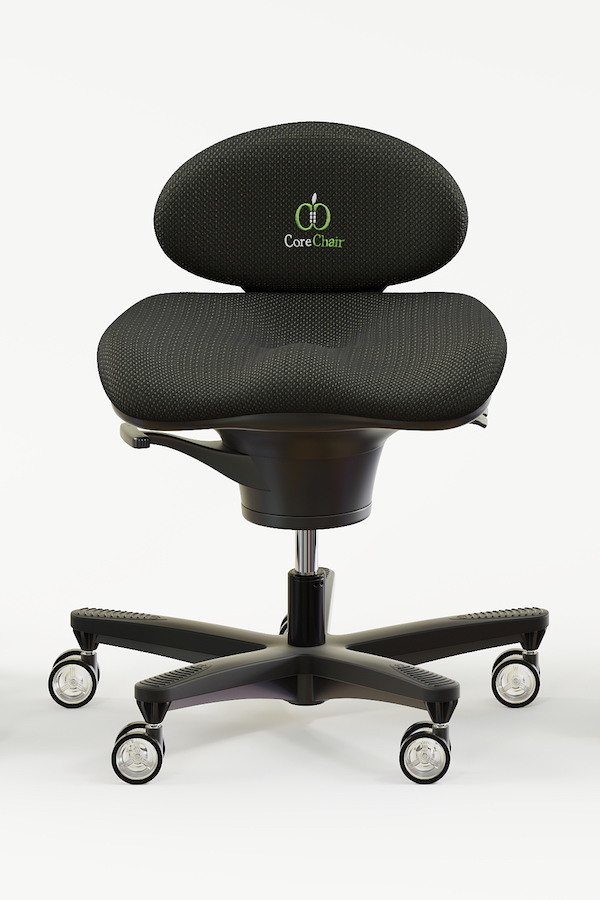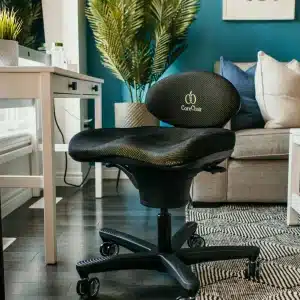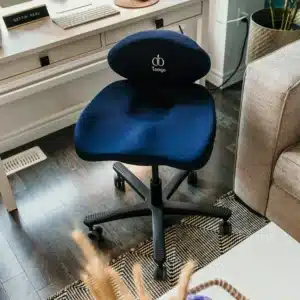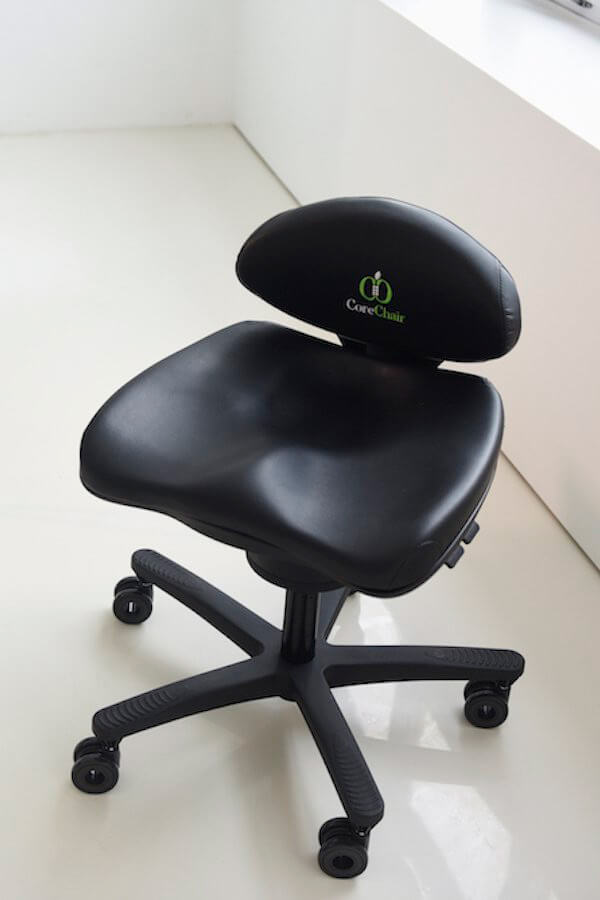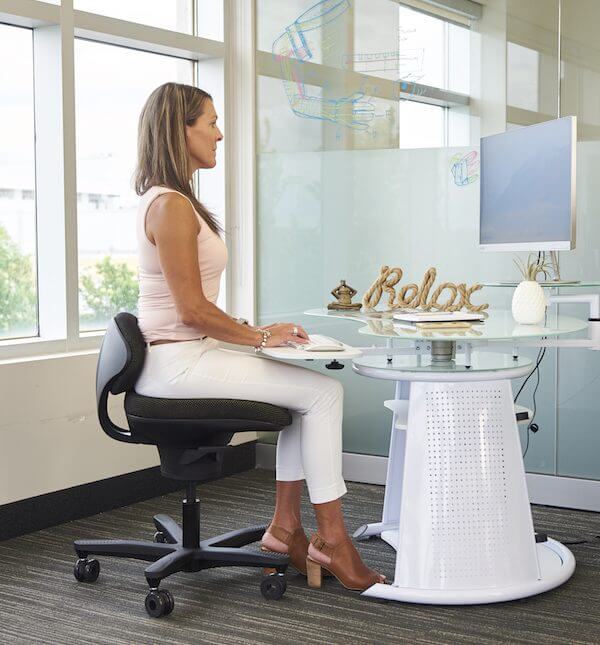Back pain can range from simply distracting to completely debilitating and often it is difficult to understand the the symptoms but most important to understand the cause. Without knowing the cause, we can spend countless hours and lots of dollars searching for a solution to your specific back pain.
Back pain in general represents both a potential loss of income for the individual, as well as a reduction in productivity but also has a serious impact on the economy.
It has been estimated by many sources and consistently around the globe that at least 80% of the population has suffered from at least one significant incident of back pain that has had debilitating outcomes and that at least 25% of the population are currently seeking some form of therapeutic intervention.
The hard costs associated with lost productivity, absenteeism and medical intervention hit a staggering $3.1 Trillion combined by individuals, Private and Public insurance, which was up from $1.4 Trillion 10 years earlier as reported by a March 2020 study published by Institute for Health Metrics and Evaluation (IHME).
While we may tend to generalize when discussing back pain, it may be associated with back pain in any portion of segment of the persons back and the cause may have been from a wide variety of situations.
Sitting may not always be ones cause of black pain but for many this back pain is exacerbated from sitting, especially when the act of sitting is not therapeutically optimized.
Back Pain that may be caused from poor sitting or poor work space ergonomics in general, can manifest in several different regions, depending on the posture assumed, the load or emphasis of that poor posture on joints and supporting soft tissue and the duration or length of time assuming that poor and strained position.
A very common location of the spine for back pain is in the lumbar region arm low back. The symptoms may range from localized pain and tightness in the lumbar region, to referred pain within the hips and mid back and very debilitating shooting pains down the leg and periods of numbness in the same areas.
The diagnosis for these types of back pain may range from soft tissue strain to bulging discs and or muscle spasms.
The cause of this back pain or the aggravation of same is likely the result of poor posture, where the pelvis is allowed to assume a posterior tilt. Many people sit in a chair with a relatively flat seat and an upright flat back. When the person is positioned at 90 degrees hip flexion, this angle is achieved by the upper leg raising to approximately 60 degree flexion and the pelvis tilting rearward approximately 30 degrees. When the pelvis tilts rearward in this manner, this causes the lumbar spine to flatten or essentially flex forward.
Many chair designs introduce a lumbar support to promote more extension in this region, to reduce back pain, but this results in adding unnecessary pressure over the relatively narrow boney structure of the spine. If there is no opposing force on the sit surface, the sit bones might still migrate forward and the pelvis resumes this posterior tilt and the back pain.
Present day ergonomic guidelines for traditional ergonomic chairs, recommends that the user assumes a slight angle of recline. However, without a shaped sit surface that will oppose the force to encourage a more vertical pelvis, the user may still experience some pelvic creep into the posterior tilted pelvic position.
CoreChair, the designer of an active sitting chair by the same name, created a human interface that focuses on the pelvis with a sculpted seat that distributes sitting pressures evenly and also prevent the sit bones from moving too freely forward on the sit surface. In harmony, the short back support is intended to make contact at the opposing pelvic structure, the top of the back of the pelvis. These two shapes work to encourage an upright vertical pelvis, which in turn creates more natural extension of the lumbar spine while still allowing full mobility of the spinal joints above the pelvis as well as mobility of the hip joints.
The natural extension of the spine ensures that the vertebrae are aligned closer to the desirable position when standing in good posture, where the supportive soft tissues are balanced and the discs are not encouraged to bulge.
This pelvic position addresses the cause of low back pain and possibly pain that radiates down the leg by preventing a bulge of the discs that might impinge on the nerve roots that supply that region.
CoreChair further enhanced this design by introducing a patented mechanism that allows a point of pivot immediately beneath the users centre of balance. This mechanism encourages natural movement of the spinal joints to help hydrate the discs and stimulate blood flow through this region while offering a subtle exercise opportunity to actually strengthen these core stabilizing muscles.
The concept of movement and the need to strengthen ones core is not new as therapists employ movement, usually on an exercise ball to strengthen the core and rehabilitate injury that is caused by too much poor posture sitting or poor sitting posture that aggravates a pre-existing injury to this region.
